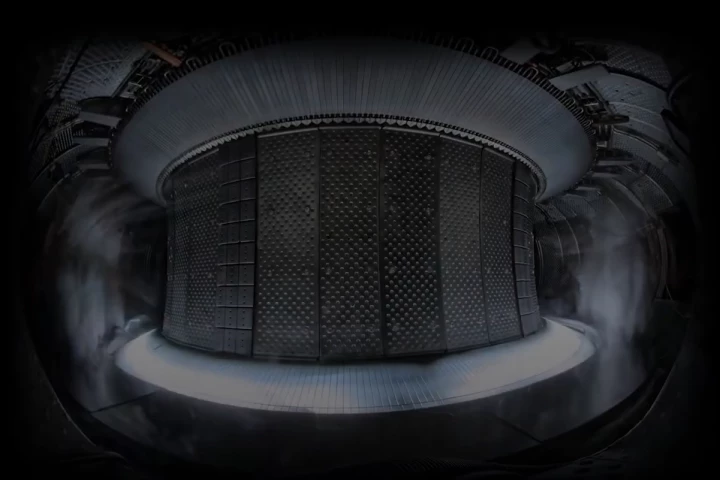Although we may think of 3D-printed items as being hard, they're actually often made from soft gels, as is the case with bioprinted body parts. A new system now allows such objects to be printed at a much smaller scale than ever before.
Typically, the process of 3D-printing gel items starts with a chamber being filled with a mixture of water, light-sensitive molecules, and long-chain polymers.
When areas of the solution are selectively exposed to ultraviolet or visible laser light, the light-sensitive molecules bind the chains of polymer molecules together, forming a scaffolding-like "fluffy" structure. That structure, which is built up layer by layer (and subsequently removed from the water surrounding it), is the gel object.
If higher-energy/shorter-wavelength electron beams or X-rays were used instead of ultraviolet or visible light, it would be possible to create items with finer structural detail – this is because it's possible to more tightly focus the beams of those types of radiation. Additionally, no light-sensitive molecules would be required, as the beams could work directly on the polymer chains.
Unfortunately, though, the scanning electron microscopes or X-ray microscopes required to produce the beams must be operated in a vacuum. If the water/polymer mixture were to be placed in such a vacuum, it would evaporate before forming into a gel.
Led by Dr. Andrei Kolmakov, scientists at America's National Institute of Standards and Technology have developed a work-around. By placing an ultra-thin sheet of silicon nitride over the liquid chamber, they protected the solution within from the required vacuum, while still allowing electron beams and X-rays to penetrate through.
The researchers were therefore able to create gels containing structures as small as 100 nanometers in width, which is about one one-thousandth the width of a human hair. Once the system is refined further, it is hoped that it will be possible to print items as small as 50 nanometers – about the size of a small virus.
Possible applications for the technology could include the production of virus-detecting biosensors, soft-bodied micro-robots, flexible injectable brain-monitoring electrodes, and implantable structures that can support and interact with living cells.
A paper on the study, which also involves scientists from Italy's Elettra Sincrotrone Trieste research center, was recently published in the journal ACS Nano.




